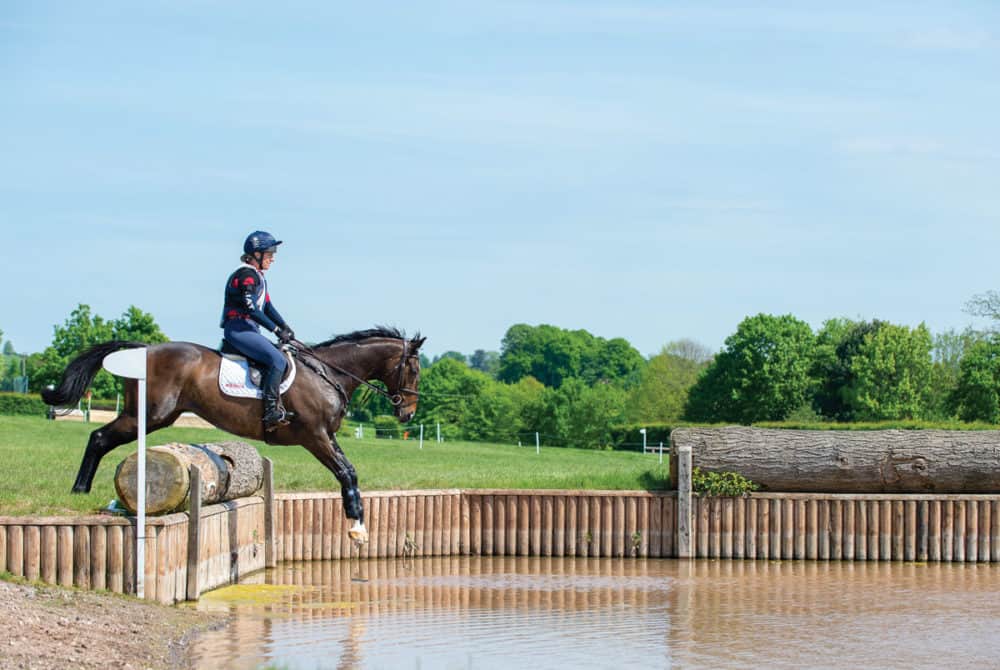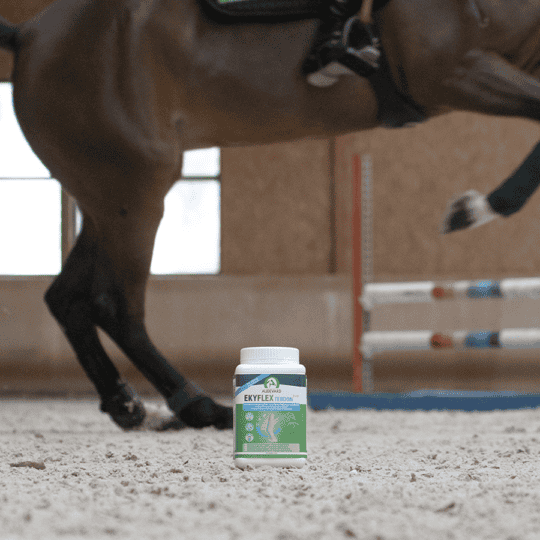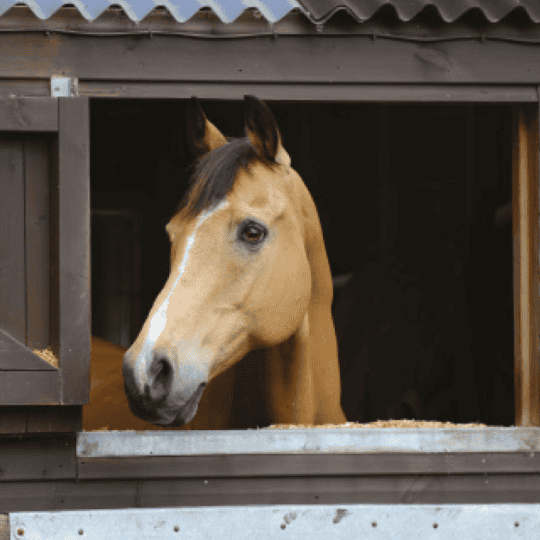Cross-country foundations with Tina Cook
Posted 1st March 2019
Planning your first cross-country schooling session of the season? Olympic eventer Tina Cook explains how to make it productive and positive

Cross-country is, at its heart, a test of your horse’s bravery. With this in mind, your main goal in training is to give him positive experiences all the time – this is key to instilling courage and acceptance. If you help him succeed at the most basic level by introducing fences in a constructive way, then gradually increase the challenge, he’ll be much more willing to tackle more technical questions further down the line. There’s no point in trying to be clever or catch him out. If he’s confident, he’ll jump for you, if he’s not, then he won’t – it’s as simple as that.
Step to it
Steps are a challenge best broken down into small, manageable chunks that your horse will easily understand. Start by finding the smallest step you can, which may mean using the side of the first step in a staircase. Come in at a steady trot so he’s got time to see the step and think about what he needs to do, and allow him to take you up and down the step. Going slowly is better than rushing, but make sure you’ve still got enough momentum so he doesn’t grind to a halt.
Ditch it
You can introduce ditches in a very similar way to steps. The key is to start small and use a lead if you’re worried about how your horse will react. Because they don’t have any height, you don’t need a lot of power to get over a ditch, particularly when they’re small, so maintain a steady trot. Even a jog is fine if your horse is prone to rushing, as he needs plenty of time to realise the ditch is there. Avoid letting your body creep forwards on the approach – if he grinds to a halt and you’re already halfway up his neck, the odds are that you’ll be unseated.
Taking the plunge
Start by encouraging your horse to travel through the water in walk and trot. How you do this depends on how much he’s done previously – if he’s green and naturally suspicious, a lead can give him the confidence to take the plunge. If he’s bold and has seen water before, maybe out hacking, then try going solo. Whichever you choose, walk him forward with purpose, ready to give him a nudge with your heels if he hesitates.
Top tip
Start your horse’s water training by taking advantage of large puddles when you’re hacking. Make sure you’ve checked the footing, though, as an unexpected pothole or sharp stone could give him a nasty surprise.
Keep your cross-country sessions positive with top tips from Tina Cook, find out more in April Horse&Rider, on sale 7 March.










